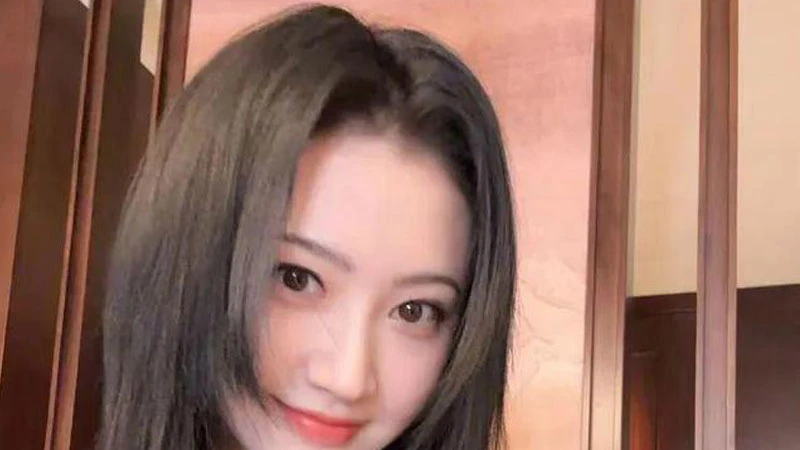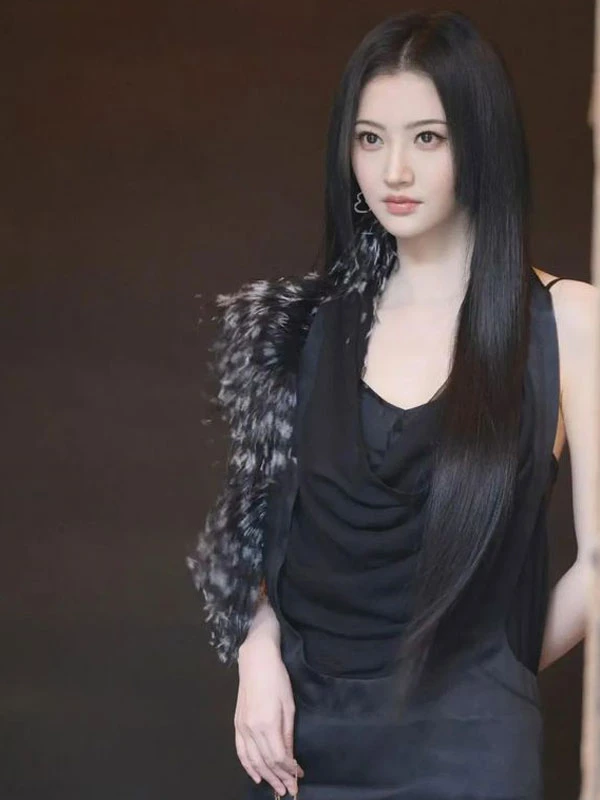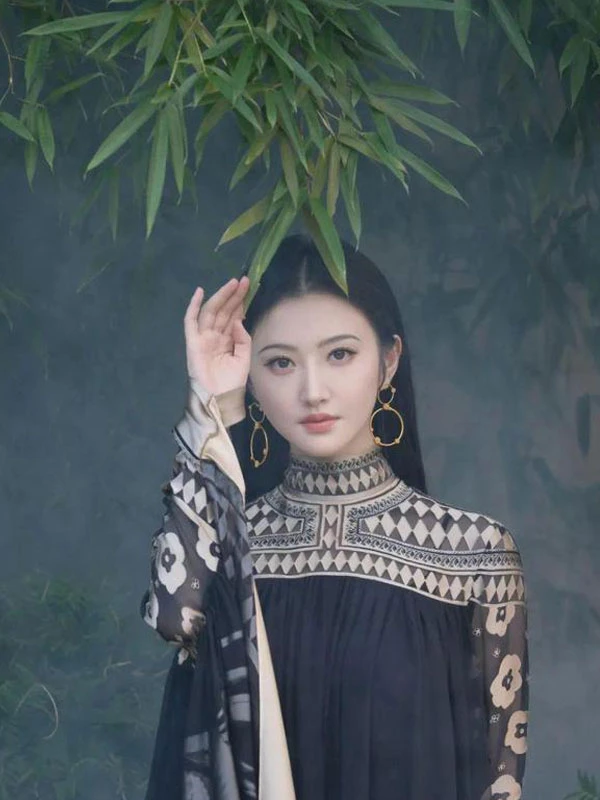From Campus Queen to Style Icon: The Evolution of Chinese Celebrities
In the ever-evolving landscape of global fashion, a captivating trend is emerging from the East, where Chinese celebrities are masterfully blending traditional aesthetics with modern sensibilities. This movement is not merely a fleeting fad but a powerful statement of cultural pride and artistic innovation, reshaping the way we perceive beauty and style in the 21st century.
At the forefront of this sartorial revolution are China's rising stars, who are using their platform to showcase a new kind of elegance that pays homage to their rich cultural heritage while embracing contemporary trends. These luminaries are not just entertainers; they are cultural ambassadors, bridging the gap between China's storied past and its dynamic present.
Consider the recent transformation of a beloved actress, once crowned the epitome of campus beauty at the prestigious Beijing Film Academy. Her journey from fresh-faced ingénue to sophisticated style icon encapsulates the broader shift in Chinese fashion consciousness. With a new look that features long, straight black hair adorned with a princess cut fringe, she embodies a perfect fusion of classic Chinese beauty standards and modern chic.
This hairstyle choice is far from arbitrary. The long, straight black hair has been a symbol of feminine beauty in China for millennia, representing health, vitality, and adherence to traditional values. By pairing this timeless look with a contemporary princess cut, the actress creates a visual metaphor for the harmonious coexistence of old and new. The result is a striking image that is at once familiar and fresh, appealing to audiences across generations and cultural boundaries.
The actress's fashion choices further underscore this theme of cultural synthesis. In one notable appearance, she donned a black dress that exemplified the power of simplicity in high fashion. The dress, with its clean lines and minimalist design, speaks to a modern aesthetic that values understated elegance. However, the addition of a fur collar and layered tulle introduces elements of texture and movement, adding a touch of drama that harkens back to the opulent fashions of China's imperial past.
This thoughtful approach to styling demonstrates a deep understanding of fashion as a form of cultural expression. By choosing a black dress, the actress taps into the color's universal associations with sophistication and mystery. Yet, the specific design elements she incorporates—the fur, the tulle—add a distinctly Chinese flavor, creating a look that is both globally appealing and culturally specific.
In another striking ensemble, the actress appeared in a modernized qipao, or cheongsam, that perfectly encapsulated the essence of contemporary Chinese fashion. The qipao, with its origins in 1920s Shanghai, is itself a symbol of cultural evolution, representing the modernization of Chinese dress in the early 20th century. By reimagining this classic garment for the 21st century, the actress participates in an ongoing dialogue about Chinese identity in a globalized world.
The dress she chose featured a bold black and white color scheme, with batwing sleeves that added a touch of vintage flair. The simplicity of the silhouette was offset by intricate patterns on the fabric, creating a visual effect reminiscent of traditional Chinese ink paintings. This clever design choice transforms the wearer into a living work of art, blurring the lines between fashion and cultural heritage.
The Art of Blending Classical and Contemporary Fashion
Accessories play a crucial role in completing this fusion look. The actress's choice of earrings, inspired by the Suoma flower significant in Yi ethnic minority culture, adds another layer of cultural richness to her ensemble. This thoughtful detail not only enhances the overall aesthetic but also highlights the diversity within Chinese culture, reminding us that "Chinese fashion" is not a monolithic concept but a tapestry woven from many regional traditions.
The overall effect of this carefully curated image is striking. With her long, straight hair, princess cut fringe, and modernized qipao, the actress evokes the image of a contemporary Chinese heiress—a woman who is deeply rooted in her cultural heritage yet confidently striding into the future. Her arched eyebrows and serene expression complete the look, projecting an aura of mystery and nobility that transcends time and place.
This trend towards cultural fusion in fashion is more than just a aesthetic choice; it's a powerful form of soft diplomacy. As Chinese celebrities gain increasingly global platforms, their fashion choices become a means of introducing Chinese culture to international audiences in a way that is both accessible and aspirational. They challenge Western-centric beauty standards and offer a new paradigm of global style that is inclusive of diverse cultural influences.
Moreover, this movement reflects a growing confidence among young Chinese in their cultural identity. Rather than abandoning traditional elements in favor of Western styles, they are finding innovative ways to incorporate their heritage into contemporary fashion. This approach not only preserves cultural traditions but also ensures their relevance in a rapidly changing world.
The impact of this trend extends beyond the realm of celebrity and high fashion. It inspires everyday people to explore their own cultural roots and express their heritage through their personal style. In doing so, it fosters a sense of pride and connection to cultural identity that is particularly meaningful in an era of globalization and cultural homogenization.
As we look to the future, it's clear that this fusion of traditional and modern aesthetics in Chinese fashion is more than just a passing trend. It represents a new chapter in the global fashion narrative, one in which diverse cultural traditions are not just preserved but celebrated and reinterpreted for a new generation. In this way, fashion becomes a powerful tool for cultural exchange and understanding, bridging divides and creating a more inclusive vision of global style.
The actress's journey from campus beauty to style icon is emblematic of China's own evolution on the world stage—confident in its rich heritage, yet eager to engage with the modern world on its own terms. As more Chinese celebrities and designers embrace this approach, we can expect to see an exciting new era in global fashion, one that celebrates diversity, honors tradition, and looks to the future with creativity and optimism.



